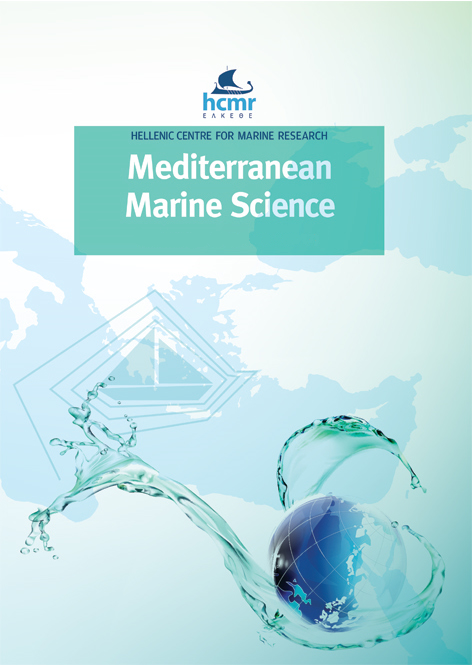210Po and 210Pb concentration in zooplankton of the Syrian coastal waters (eastern Mediterranean Sea)
Abstract
210Po and 210Pb activity concentrations and their concentration ratio (CR) in marine zooplankton collected for the first time from the Syrian coastal waters (the eastern Mediterranean Sea) have been determined. The average activity concentrations of 210Po and 210Pb were 243±36 and 26.4±4.3 Bqkg-1 dw. The 210Po/210Pb activity ratio was found to be more than one in all zooplankton samples with an average of 9.2 (8.4 to 10), which indicates that the accumulation of 210Po in zooplankton does not come from the decay of the 210Pb only, and reflects a preferential bioaccumulation of 210Po over 210Pb. In addition, the Concentration Ratio (CR) for 210Po and 210Pb reached 104 and 103, respectively. This study will contribute to the radioecological reference database for zooplankton in the Mediterranean Sea.
Article Details
- Zitationsvorschlag
-
AL-MASRI, M. S., MAMISH, S., ABDEL-HALEEM, M., & HANI DURGHAM, H. (2019). 210Po and 210Pb concentration in zooplankton of the Syrian coastal waters (eastern Mediterranean Sea). Mediterranean Marine Science, 20(2), 320–325. https://doi.org/10.12681/mms.19072
- Ausgabe
- Bd. 20 Nr. 2 (2019)
- Rubrik
- Short Communication
Authors who publish with this journal agree to the following terms:
- Authors retain copyright and grant the journal right of first publication with the work simultaneously licensed under a Creative Commons Attribution Non-Commercial License that allows others to share the work with an acknowledgement of the work's authorship and initial publication in this journal.
- Authors are able to enter into separate, additional contractual arrangements for the non-exclusive distribution of the journal's published version of the work (e.g. post it to an institutional repository or publish it in a book), with an acknowledgement of its initial publication in this journal.
- Authors are permitted and encouraged to post their work online (preferably in institutional repositories or on their website) prior to and during the submission process, as it can lead to productive exchanges, as well as earlier and greater citation of published work (See The Effect of Open Access).





